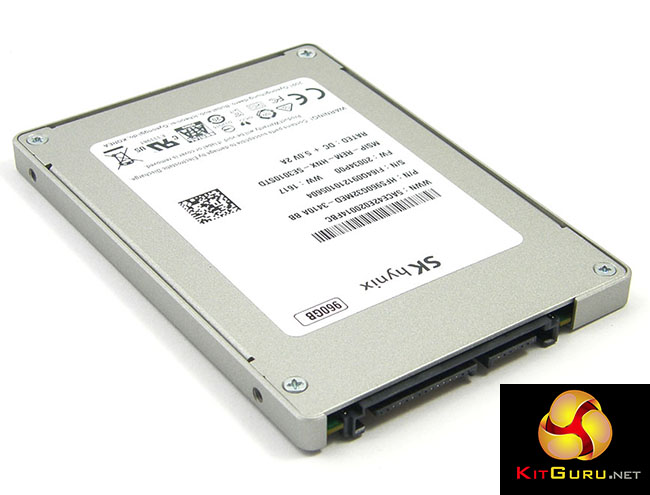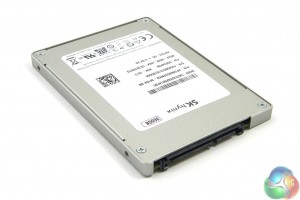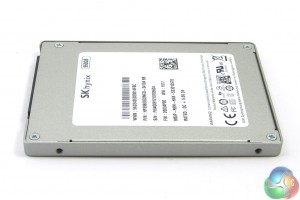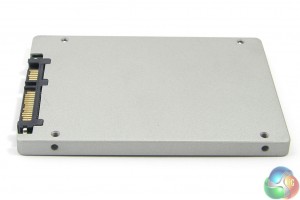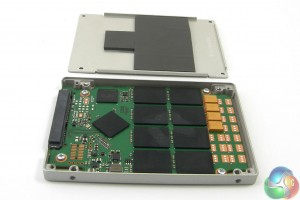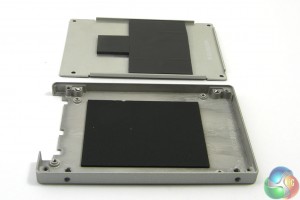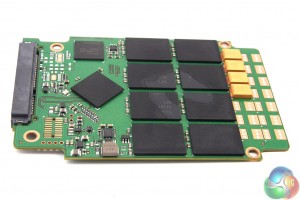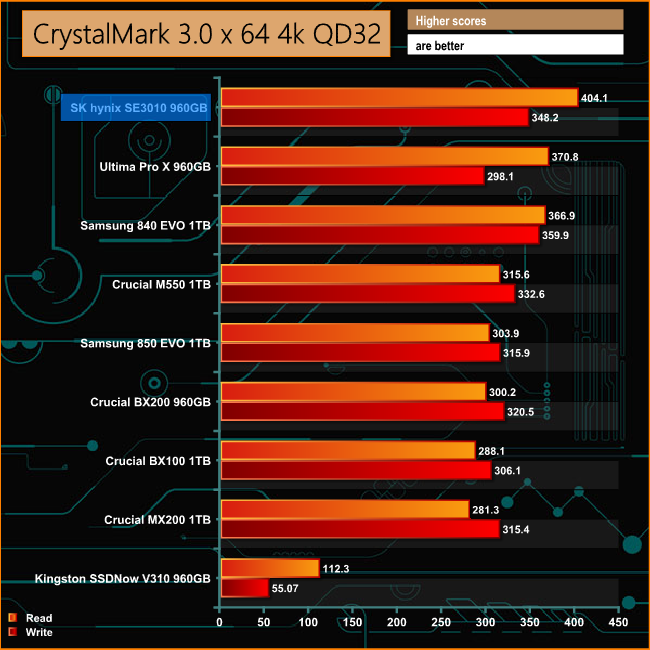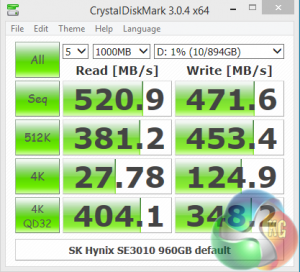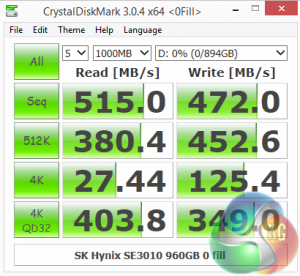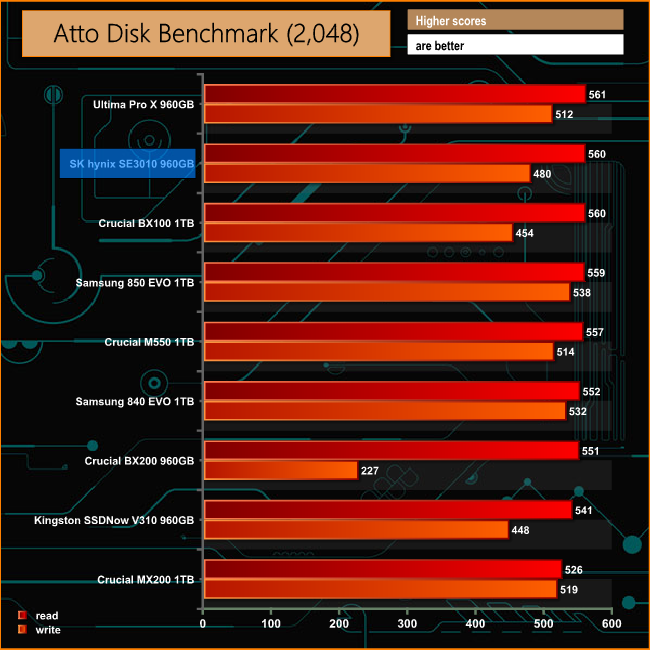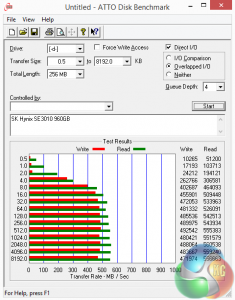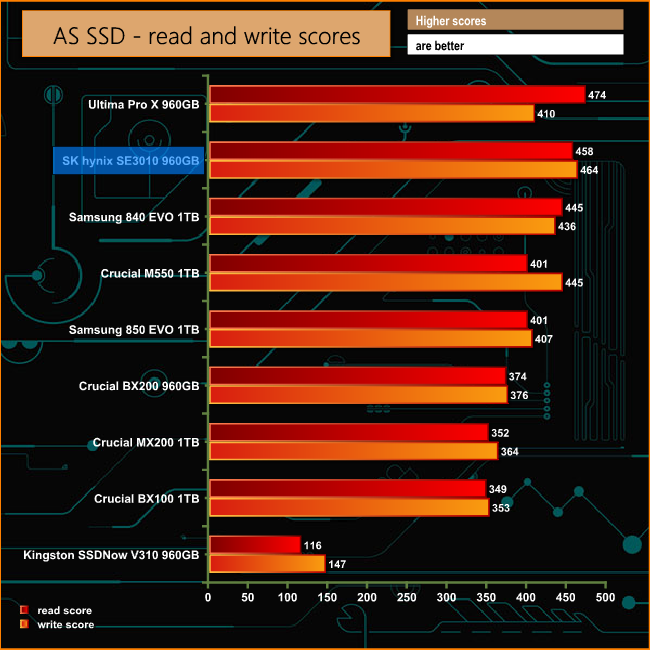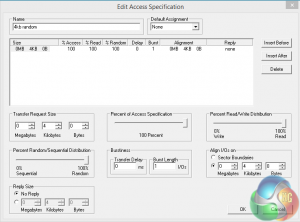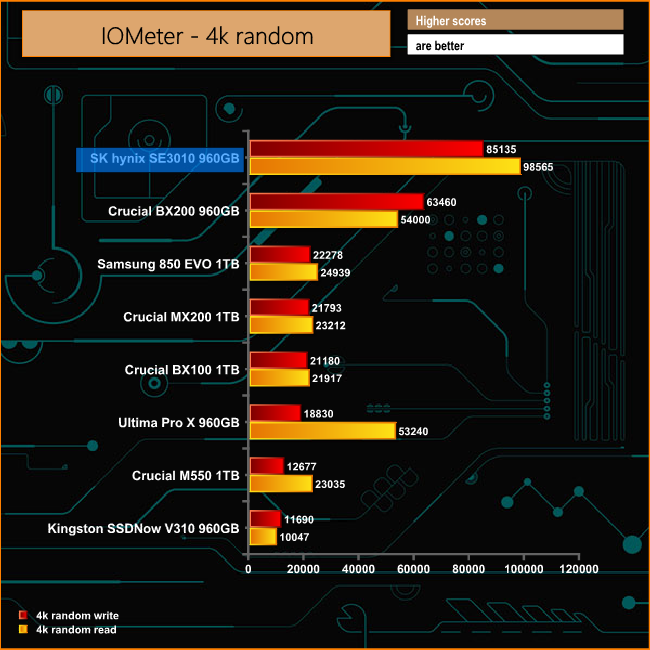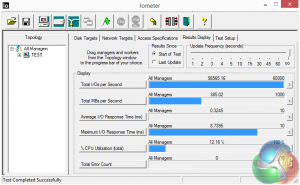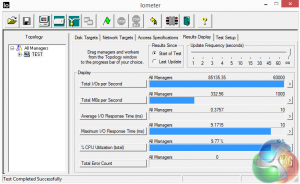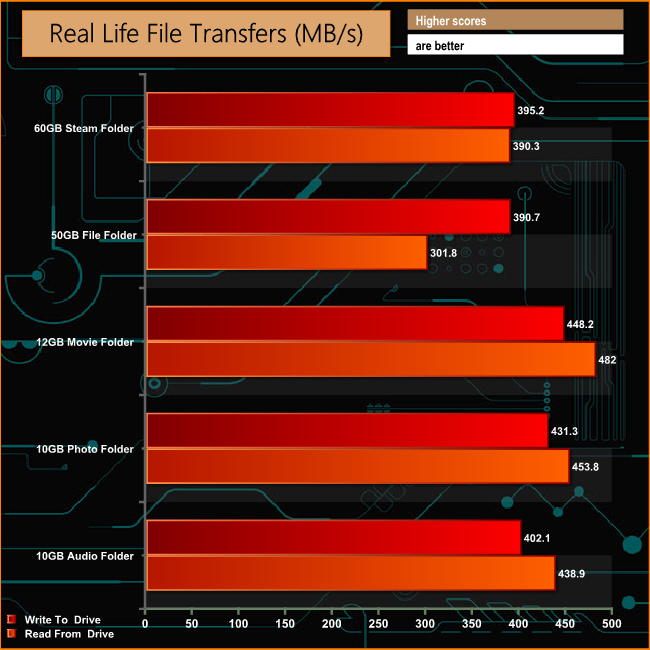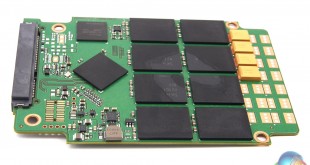
When we last looked at an SSD from SK hynix it was from their consumer portfolio. This time around we are looking at a drive from the other part of their storage business in the shape of the SE3010, a read intensive drive for the Enterprise market space.
The SE3010 has been designed to cope with read intensive applications such as web servers, media streaming, data warehousing or video on demand and in these environments write operations take somewhat of a back seat.
SK hynix are one of the lucky few; one of the companies who have the full house of NAND, controller, firmware and cache firmly under their own control which gives them a great deal of flexibility regarding hardware choice and more importantly perhaps, a firmer grip on pricing.
At the time of writing the SE3010 family consists of the following capacities; 120GB, 240GB, 480GB, 960GB and the flagship 1.9TB.
The quoted sequential read performance for the 960GB drive is 560MB/s with writes coming in at 490MB/s and SK hynix give an endurance figure for the drive of 0.50 DWPD (Drive Writes Per Day).
Physical Specifications:
Usable Capacities: 120GB, 240GB, 480GB, 960GB, 1.9TB
NAND Components: SK hynix 16nm 128Gbit MLC
Interface: Serial ATA (SATA) 6Gb/s (SATA III)
Form Factor: 2.5in, 7mm
NAND Controller: SK hynix SH87910AA Pearl
Dimensions: 100 x 70 x 7 mm
Warranty: 3 years
Firmware Version: 20034P00
The SK hynix SE3010 960GB drive is built on the standard 2.5in 7mm format.
As you might expect from something aimed at the enterprise market the drive forgoes a flimsy plastic case or lightweight metal one and has a no-nonsense good quality metal enclosure held together by four screws. The PCB is held in place by another four screws.
Once inside the drive there is a surprise in the shape of thick thermal pads on the inside of the lid, something you don't see so often these days as the latest NAND technologies tend to run cooler as they are more power efficient. But it does make sense in a drive that might find itself in some pretty hostile environments and where heat build-up may be an issue.
The pads cover the NAND and controller but the poor old cache chip is left to fend for itself. Although the flip side of the PCB is empty, it too has a thermal pad to protect it.
All the IC's are SK hynix in house designs including the controller thanks to the Link_A_Media (LAMD) acquisition. The 960GB drive's capacity is made up of eight 16nm 128Gb MLC NAND packages labelled H27Q18YEB9a and looking after these is the SH87810AA Pearl 8-channel controller. Rounding out the chips is a single LPDDR2 IC looking after the cache duties.
The PCB also houses four capacitors to prevent data loss in the case of sudden power loss, but the board has pads for attaching quite a few more.
For testing, the drives are all wiped and reset to factory settings by HDDerase V4. We try to use free or easily available programs and some real world testing so you can compare our findings against your own system.
This is a good way to measure potential upgrade benefits.
Main system:
Intel Core i7 4790K with 16GB of DDR3-2133 RAM, Sapphire R9 390 Nitro and an ASRock Extreme 6 motherboard.
Other Drives
Crucial BX100 1TB
Crucial BX200 960GB
Crucial M550 1TB
Crucial MX200 1TB
Kingston SSDNow V310 960GB
Samsung 840 EVO 1TB
Samsung 850 EVO 1TB
Ultima Pro X 960GB
Crystalmark is a useful benchmark to measure theoretical performance levels of hard drives and SSD’s. We are using V3.0.3.
As you might expect from a drive with the slant firmly on read operations, the SE3010's read performance at the deeper queue depth is impressive. It's no slouch either when it comes to writes. The SH87810AA Pearl controller seems to have no preference when it comes to handling differing types of data.
The ATTO Disk Benchmark performance measurement tool is compatible with Microsoft Windows. Measure your storage systems performance with various transfer sizes and test lengths for reads and writes. Several options are available to customize your performance measurement including queue depth, overlapped I/O and even a comparison mode with the option to run continuously.
Use ATTO Disk Benchmark to test any manufacturers RAID controllers, storage controllers, host adapters, hard drives and SSD drives and notice that ATTO products will consistently provide the highest level of performance to your storage.
Overall performance is very good, the SE3010 sitting firmly in the top 5 drives of its capacity class. The results from the ATTO benchmark bear out the official sequential figures for the drive with the 560MB/s read figure bang on the mark while the write figure of 480MB/s is just shy of the official 490MB/s.
AS SSD is a great free tool designed just for benching Solid State Drives. It performs an array of sequential read and write tests, as well as random read and write tests with sequential access times over a portion of the drive. AS SSD includes a sub suite of benchmarks with various file pattern algorithms but this is difficult in trying to judge accurate performance figures.
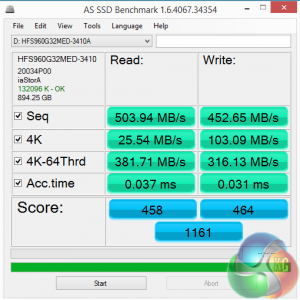
When it comes to dealing with the small bitty files of everyday use, the drives read performance isn't very impressive, however the write performance is strong. Once the drive is pushed the read performance comes back on track as can be seen by the 4K-64Thrd results.
IOMeter is another open source synthetic benchmarking tool which is able to simulate the various loads placed on hard drive and solid state drive technology.
We test with both random read and write 4k tests, as shown above. There are many ways to measure the IOPS performance of a Solid State Drive, so our results will sometimes differ from manufacturer’s quoted ratings. We do test all drives in exactly the same way, so the results are directly comparable.
At shallow queue depths the random read IOPS performance is excellent, rather what you would expect from a read orientated drive. The nice surprise is just how good the random write IOPS performance is. Both figures put the drive firmly at the top of the graph as the fastest 1TB class 2.5in drive we've tested.
To test real life performance of a drive we use a mix of folder/file types and by using the FastCopy utility (which gives a time as well as MB/s result) we record the performance of drive reading from & writing to a 256GB Samsung SSD850 PRO.
60GB Steam folder – 29,521 files
50GB File folder – 28,523 files
12GB Movie folder – 24 files (mix of Blu-ray and 4K files)
10GB Photo folder – 621 files (mix of .png, raw and .jpeg images)
10GB Audio folder – 1,483 files (mix of mp3 and .flac files)
The SE3010 deals with real life file transfers very well averaging over 400MB/s. When its dealing with the large files of the movie, photo and audio folders its focus on reads is clearly seen. However when it comes to dealing with lots of small files e.g. the 50GB file folder, the read performance backs off.
As you might expect from a drive with the focus on reads, the 4K random read IOPS performance from the SK hynix SE3010 960GB is very, very strong. At a very shallow queue depth of 1 (more like desktop use) it outperforms all the other 960GB/1TB 2.5in class drives we have tested producing 95,656 IOPS. This is a little lower than the official figure of 98,000 IOPS, but still very good.
When tested at a queue depth of 256 which is more akin to the heavy traffic in its normal working environment like web serving, it actually gets faster, producing a score of 98,678 IOPS, surpassing the official figure.
What is surprising though is how strong the write performance was when tested scoring a very good 85,135 IOPS although this did fall once the drive was given a serious amount of work to do – at a queue depth of 256 it produced a figure of 84,199 IOPS.
It's also a drive built to last with a strong metal case and thermal pads on both the lid and base to help disperse heat build-up … not to mention built in power protection.
At the time of writing we couldn't find anyone selling the drive or a UK price for it.
Discuss on our Facebook page, over HERE.
Pros
- Excellent read performance at deep queue depths.
- Power protection for data.
- Competitive price.
Cons
- Read performance for small bitty files at shallow queue depths not its strong point.
Kitguru says: As a drive designed for intensive reads at deeper queue depths the SE3010 certainly delivers with particularly strong IOPS performance for random reads.
 KitGuru KitGuru.net – Tech News | Hardware News | Hardware Reviews | IOS | Mobile | Gaming | Graphics Cards
KitGuru KitGuru.net – Tech News | Hardware News | Hardware Reviews | IOS | Mobile | Gaming | Graphics Cards


